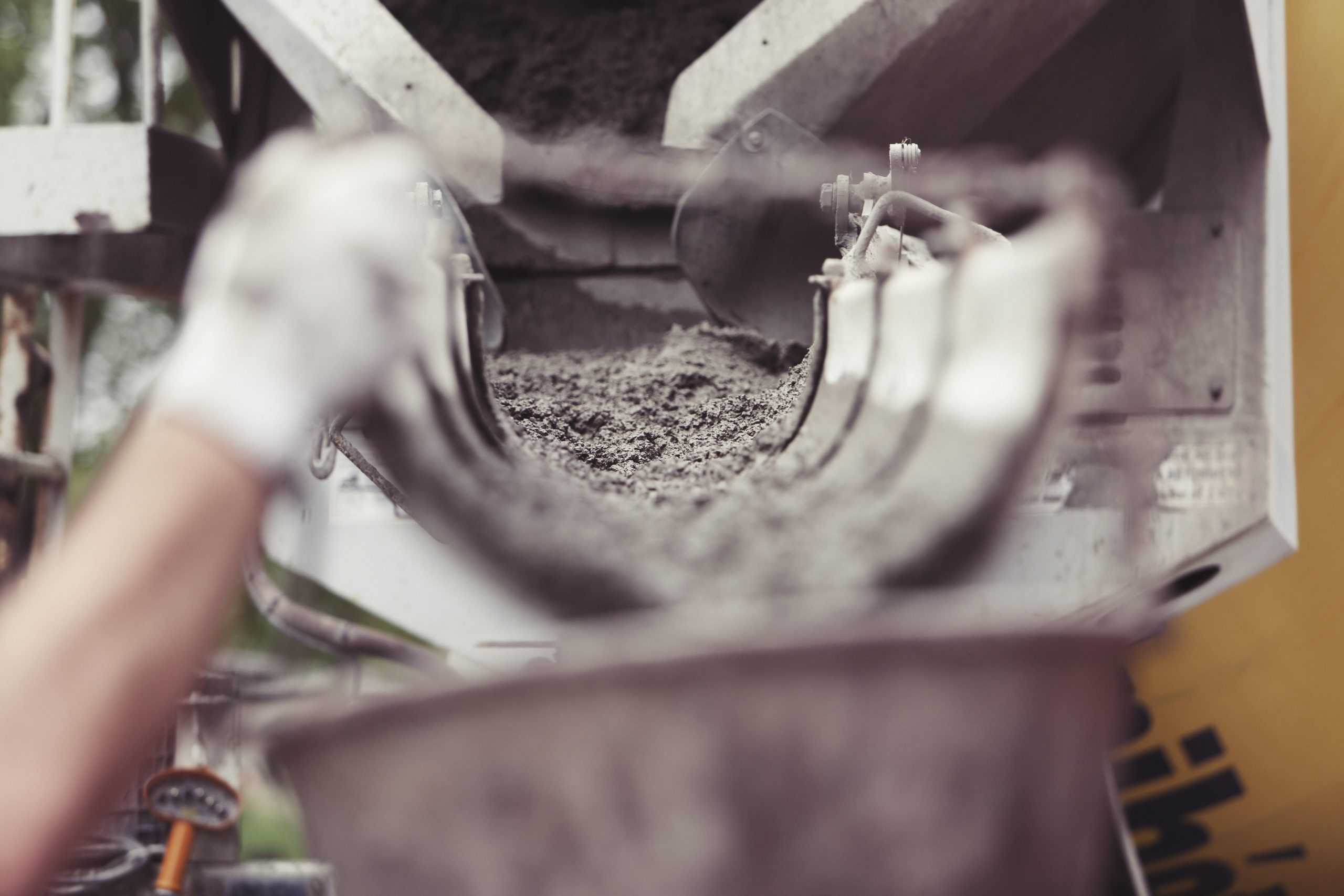
- On this page:
-
 Abstract
Abstract
-
 Publications
Publications
Mechanical Properties of Recycled Concrete Aggregate for Medium-Quality Structural Concrete
With increased attention to the construction industry’s environmental impact, research has turned to investigating ways to decrease these effects. Concrete production, use and sustainability are areas where researchers seek to lessen the construction industry’s environmental impact.
Abstract
The use of recycled coarse aggregate (RCA) has a high potential to significantly reduce the environmental impact of construction projects as well as the cost of construction materials. Reusing RCA in concrete mixes as a partial or full replacement of fine or coarse aggregate would be a more effective action in supporting and protecting the environment and reducing construction and demolition waste. This research reports the evaluation of medium-quality concrete properties incorporating RCA. Concrete cylinders, prisms, and cubes, as well as reinforced concrete (RC) beams, are prepared with different replacements of the RCA (25%, 50%, 75%, and 100%). The workability, mechanical properties, and reinforcement bond of cured concrete are examined at different ages. Moreover, microscopic analysis for the recycled concrete is presented to investigate the bond between the cement paste, the used aggregates, and the interfacial transition zone (ITZ). The effect of the stainless-steel fibers, crumb rubber, and CFRP laminates on the mechanical properties of recycled concrete aggregate is explored.
Featured Publications
Concrete is one of the most common and versatile construction materials and has been used under a wide range of environmental conditions. Temperature is one of them, which significantly affects the performance of concrete, and therefore, a careful evaluation of the effect of temperature on concrete cannot be overemphasized. In this study, an overview of the temperature effect on the compressive behavior of plain hardened concrete is experimentally provided. Concrete cylinders were prepared, cured, and stored under different temperature conditions to be tested under compression. The stress–strain curve, mode of failure, compressive strength, ultimate strain, and modulus of elasticity of concrete were evaluated between the ages of 7 and 90 days. The experimental results were used to propose constitutive models to predict the mechanical properties of concrete under the effect of temperature. Moreover, previous constitutive models were examined to capture the stress–strain relationships of concrete under the effect of temperature. Based on the experimental data and the proposed models, concrete lost 10–20% of its original compressive strength when heated to 100 °C and 30–40% at 260 °C. The previous constitutive models for stress–strain relationships of concrete at normal temperatures can be used to capture these relationships under the effect of temperature by using the compressive strength, ultimate strain, and modulus of elasticity affected by temperature. The effect of temperature on the modulus of elasticity of concrete was considered in the ACI 318-14 equation by using the compressive strength affected by temperature and the results showed good agreement with the experimental data.
Rubberized concrete is widely used in construction by utilizing the advantages of partially replacing fine or coarse aggregate with rubber to enhance several properties of concrete and provide an environmentally friendly solution. This paper experimentally explores the influence of utilizing crumb rubber (CR) as an alternate coarse aggregate in concrete. Concrete specimens were prepared with different percentages of rubber (0%, 5%, 10%, 15%, and 20%). Additionally, other parameters, such as freezing–thawing cycles, temperature, and stainless steel fibers (SSFs), were investigated. The workability of fresh concrete and the compression properties of hardened concrete were examined. Reductions in the mechanical properties of rubberized concrete were obtained. The compressive strength reductions ranged between 13% and 50%, based on the percentage of CR in the concrete mix. However, a lesser unit weight and higher toughness were obtained relative to conventional concrete. The average unit weight decreased by 1.3%, 2.5%, 3.4%, and 5.7% of the control mixture when 5%, 10%, 15%, and 20% of the CR were incorporated into the concrete mixtures, respectively. Regression models to predict the compressive strength and unit weight of concrete with CR were developed. In addition, a life cycle cost analysis (LCCA) to identify and quantify the possible benefits of using CR in concrete mixes was carried out. Using rubberized concrete mixtures for thin whitetopping offered a slightly lower net present value compared to the ordinary concrete mix.



